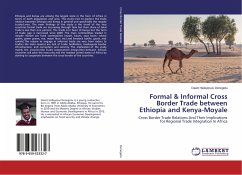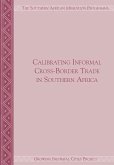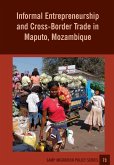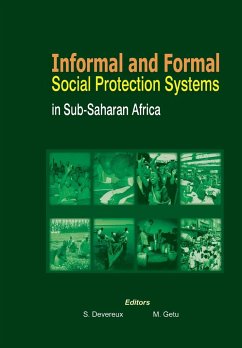Ethiopia and Kenya are among the largest state in the horn of Africa in terms of both population and area. This study tries to explore the trade relation between Ethiopia and Kenya in general and specifically the moyale traded area. The main findings of the study is the trend of the two countries formal trade are increasing through time but their share of total trade is less than one percent. The trade is in favor of Kenya but the term of trade gap is narrowed since 2009. The main commodities traded in moyale market are food commodities (maize, beans, soya bean, wheat grains, green grams, rice, maize flour, etc) and livestock (cattle, goats, and camels).The reason to engage in informal trade are vary from raders to traders the main reasons are lack of trade facilitation, inadequate border infrastructure, and corruption and security. The implication of the study mainly the cross border trade cooperation/ integration between African countries will solve the insecurity and the needed united states of Africa by starting to cooperate between the cross border of the countries.







